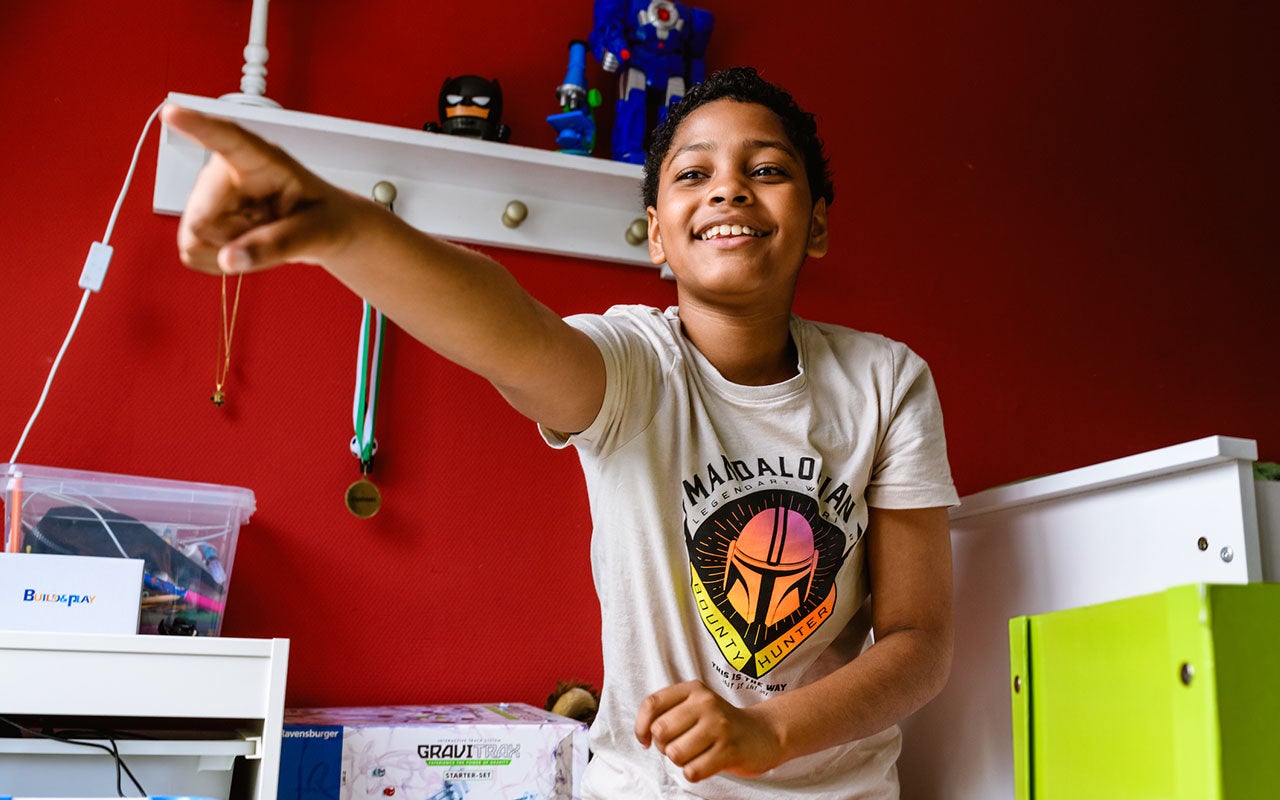Cooperation to predict treatment effect
Cooperation to predict treatment effect

Does a chronically fatigued adolescent child benefit from online cognitive behavioural therapy? And how can we predict it? Sanne Nijhof, Marijana Marelj, Elise van de Putte and Tejaswini Deoskar received a Booster Grant and they researched this. The booster grant of 15,000 euros came from UMC Utrecht and Dynamics of Youth.
Chronically fatigued adolescent children are often referred to an intensive online treatment based on cognitive behavioural therapy. For six months, they do daily writing assignments and answer questions. There is weekly online contact via e-consultations with a therapist. This therapy focuses on getting more grip on the symptoms. Children set goals and work on gradually expanding activities; they also learn to look at and deal with problematic situations differently.
Sanne Nijhof: ‘Two-thirds of the referred young people benefit from this treatment, but that also means a fair share is insufficient or not. We would like to better predict who benefits from treatment, so you can give more targeted advice on whether this therapy (in its current form) is appropriate for the patient sitting in your consultation room.
That is why we are looking for predictors of the treatment effect. In previous studies, we have not yet been able to find these using questionnaires about child or environmental factors, such as fatigue severity or coping style. Our earlier collaboration with Marijana showed that a possible key to finding predictors lies in young people's use of language.’
With this booster grant, the researchers first wanted to investigate whether predictors of treatment effect could be found in the adolescent's language use. Sanne: ‘If these are found, then we will investigate how that can be used in practice.’
Doing more with machine learning
Sanne Nijhof and Elise van der Putte, both pediatrician and researcher and Marijana Marelj and Tejaswini Deoskar, two associate professors of linguistics and KI at UU studied the question from the field of medicine, on the one hand, and theoretical and computational linguistics, on the other. ‘An important part of our thoughts and feelings we express in language. Through our use of language, a person, unconsciously, makes it clear to the other person whether he has a grip on his daily life and actions. This is because it is evident from the words and language constructions - the language patterns we use,’ Marijana explains.
‘For example, do they express themselves as someone who undergoes things or do they use the I form and describe themselves as an acting person? Children who show by their use of words a lack of direction, of grip on their lives - still feel dead tired after six months,’ says Sanne Nijhof. ‘With children who describe themselves as an acting person, we more often see that at some point they benefit from cognitive behavioural therapy. This was shown in a previous pilot study in which medical researchers collaborated with theoretical linguistics researchers.
‘But to quickly and effectively detect the relevant language patterns and guide timely treatment or treatment advice, we need AI and computational methods. To address this issue together with computational linguistics, we received the booster grant.’
Collaboration from various disciplines
The booster grant awarded from UMC Utrecht and Dynamics of Youth (Utrecht University) made it possible to combine and collaborate required knowledge from complementary disciplines. In this case, to replicate our earlier finding based on qualitative language research and achieve practical applicability. ‘We work in different faculties and within different fields. Before we got to know and understand each other, we as researchers must bridge differences in language, in thinking and in methodology,’ says Marijana Marelj. ‘That is important to dare to complement and strengthen each other constructively. This is exciting but also quite fun. Working together at the intersection of different disciplines then really leads to new knowledge that benefits society.’
There are also challenges. Publishing interdisciplinary research is not yet so easy researchers notice. This is because scientific journals, especially those with a higher impact, are mainly related to a specific research discipline. In a scientific journal with publications on medicine, different mores apply than in a scientific journal focusing on linguistics. Sanne Nijhof: ‘So we are still working on that, because the findings do deserve a nice publication, not only socially but also scientifically.’

